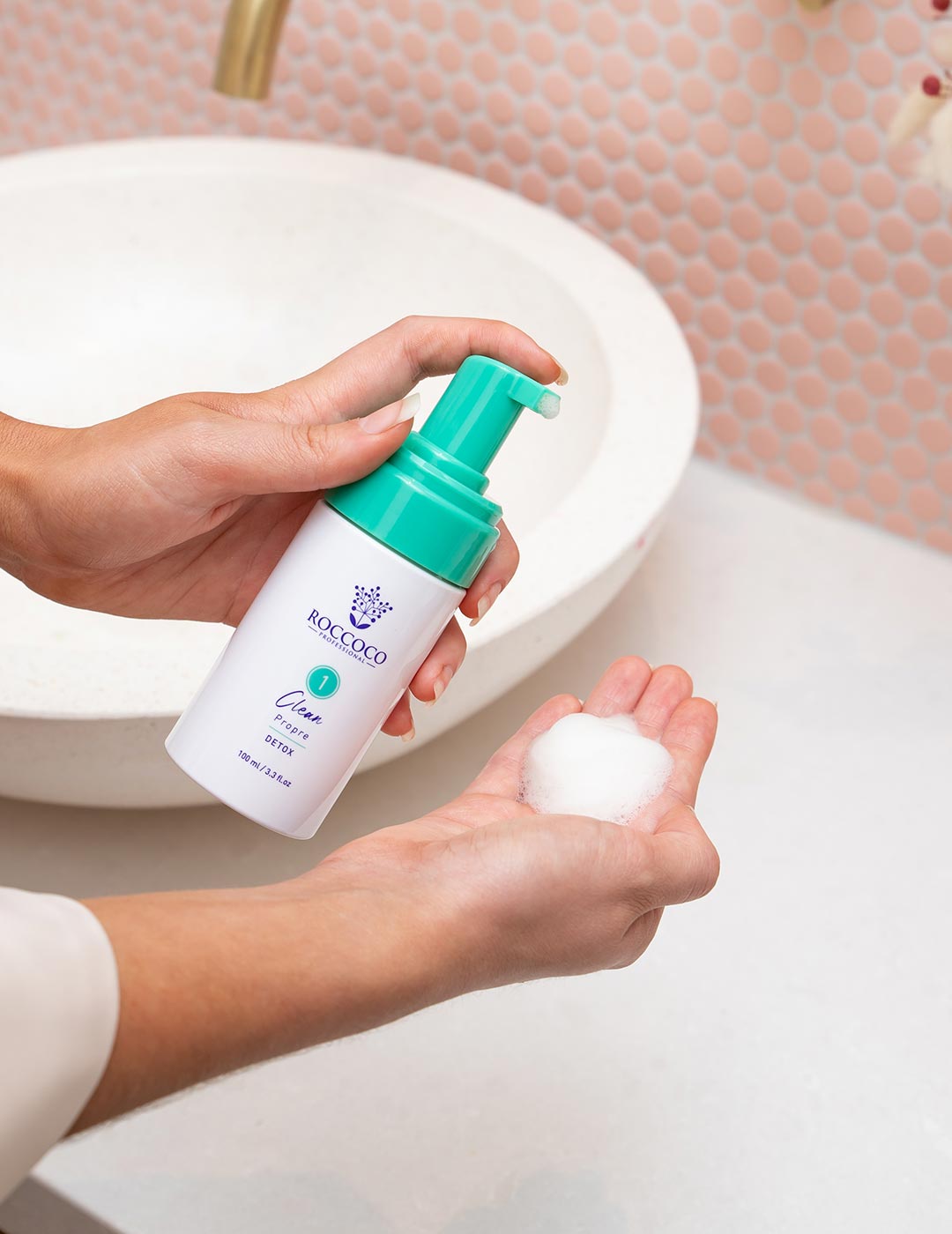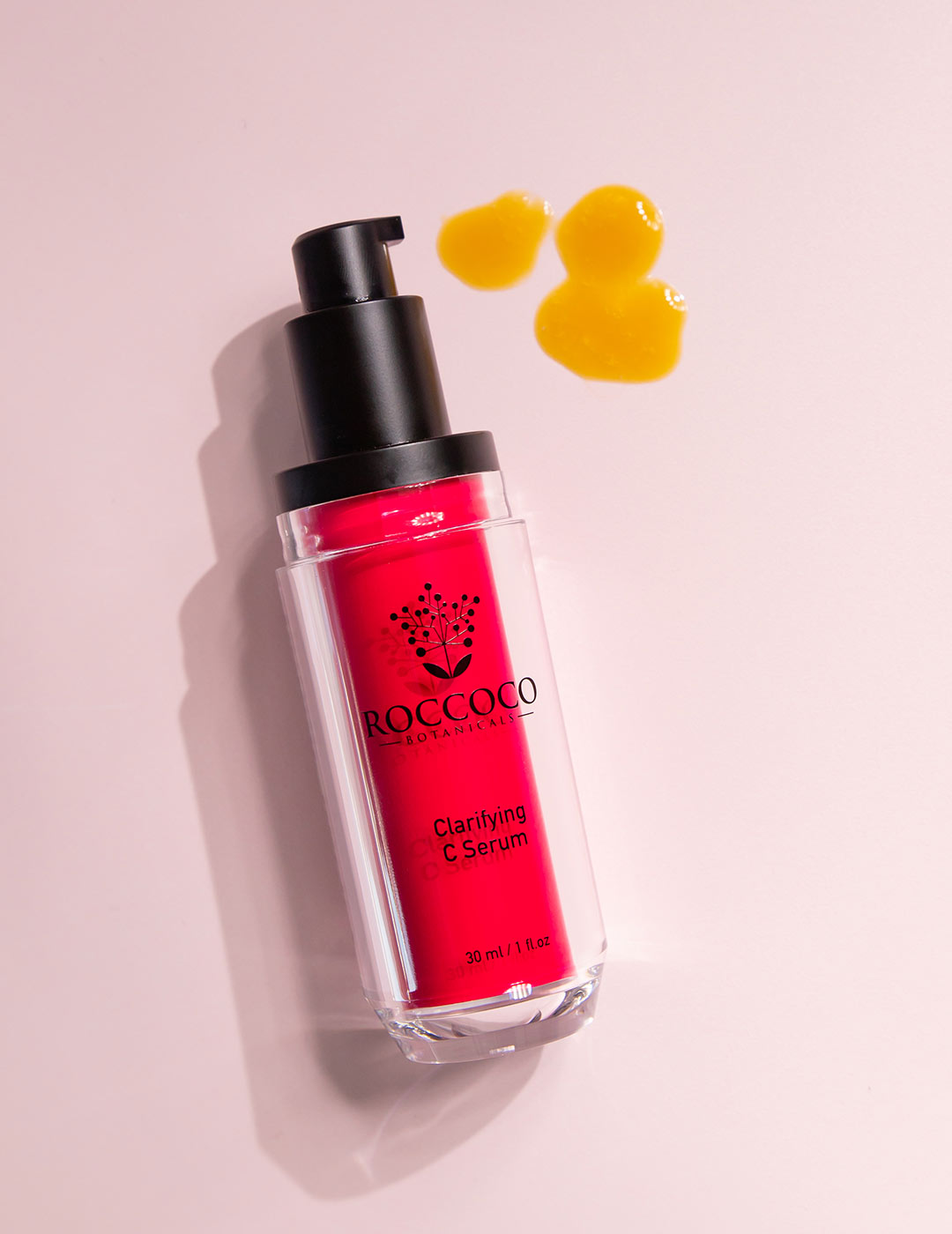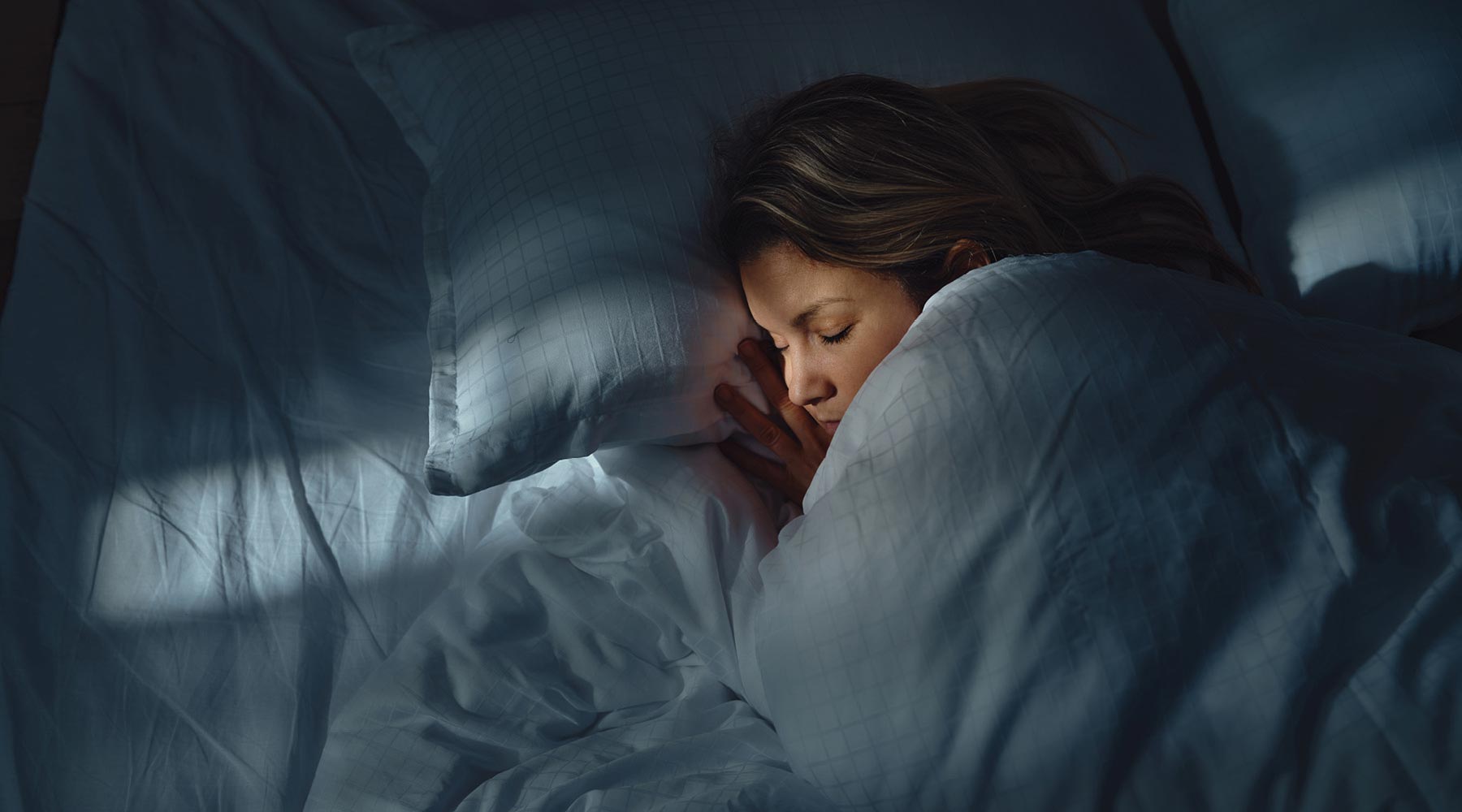Your skin operates on a 24-hour rhythm, just like your brain and hormones. This cycle, known as the circadian rhythm, regulates when your skin defends itself and when it repairs. Every process, from cell turnover to antioxidant production and barrier recovery, is timed according to light, dark, and rest.
When you stay up late, work night shifts, or wake throughout the night, your skin loses its ability to follow that rhythm. The effects are not just superficial. They are biological: reduced collagen production, slower healing, more inflammation, and persistent dullness.
Let’s look at what disrupted sleep really does to the skin and how to support it.
How Skin Repairs Itself at Night
Between 9 pm and 2 am, your skin enters its optimal repair phase. Cell turnover increases. Microcirculation improves. Melatonin rises to counteract oxidative damage. Growth hormone is released, stimulating fibroblasts to produce collagen and elastin.
This window is not optional. It is built into your biology, and it only activates if you are asleep. If you are awake during this time or experiencing broken sleep, the skin does not receive the right signals to repair. You might still use the right products, but your skin won’t respond the way it should.
What Happens During Sleep Loss
Even one night of poor sleep affects the skin. But with ongoing disruption, the effects compound. You get:
- Decreased melatonin and antioxidant activity
- Elevated cortisol, which breaks down collagen and lipids
- Reduced fibroblast function and wound healing
- Slower ATP (cellular energy) production
- Impaired skin barrier repair
- Heightened inflammation and sensitivity
You will often see the results in the mirror: dullness, dehydration, a rough texture that doesn’t smooth out, and redness or irritation that lingers longer than usual.
This isn’t just fatigue. It is biological dysfunction.
Night Shift Skin Stress
Night shift workers face a more extreme version of this problem. You are awake when your body expects to be resting. Even if you sleep during the day, your circadian rhythm does not fully reset. Melatonin production remains suppressed, and core repair enzymes like XPA don’t activate properly.
Night shift clients often experience:
- Slower healing after breakouts or treatments
- More frequent flares of acne or sensitivity
- Patchy dehydration alongside excess oil
- Uneven tone and rough texture
- Premature signs of aging
The body doesn’t adapt to this misalignment easily. The longer it continues, the more support your skin needs to recover.
Why “Tired” Skin is a Biological Condition
When clients say their skin looks tired, what they’re really seeing is reduced function. The mitochondria are not producing energy. The barrier is not sealing correctly. Turnover is delayed. Inflammatory signals are elevated.
These issues do not go away with one good night of sleep. Once skin is out of rhythm, it takes a targeted approach to bring it back into balance.
Poor Sleep Affects More Than Just Your Appearance
Sleep regulates almost every system in the body. Circadian disruption alters hormonal balance, weakens immune defence, and affects how the body manages stress and energy. Over time, these changes lead to broader health consequences, not just short-term fatigue.
Prolonged sleep disruption or working against the natural light-dark cycle is linked to:
- Elevated cortisol and adrenal stress
- Impaired glucose regulation and insulin resistance
- Slower tissue regeneration and recovery
- Increased inflammation throughout the body
- Disruption to metabolism and weight regulation
These are not surface-level issues. They reflect internal stress that affects how your body functions every day. Energy output drops. Repair slows. Inflammation rises.
Why the Overnight Recovery Mask Works
We understand that not everyone has the luxury of perfect sleep and some cannot avoid shift work. Others are in seasons of life where rest is unpredictable or fragmented. That is exactly why we developed the Overnight Recovery Mask.
This is not a cosmetic mask. It is a functional support system for skin that cannot complete its repair cycle due to poor or irregular sleep. It helps restore the processes that become compromised when your circadian rhythm is out of sync, allowing your skin to recover even when your routine cannot.
It works by:
1. Re-synchronising circadian genes
The mask supports skin clock genes like CLOCK and BMAL1, which regulate repair timing. When these are thrown off by night shifts or irregular sleep, the mask helps restore their rhythm so the skin gets back on track.
2. Restoring mitochondrial energy
Poor sleep reduces ATP production in skin cells. The mask supports mitochondrial function, increasing the skin’s cellular energy so it can heal and regenerate effectively.
3. Replacing lost antioxidant support
With melatonin suppressed, the skin is more vulnerable to oxidative stress. The mask provides antioxidant protection that mimics melatonin’s role, shielding the skin from ongoing damage.
4. Rebuilding the lipid barrier
Sleep-deprived skin produces fewer lipids, resulting in dryness, flaking, and increased sensitivity. This mask reinforces the barrier and improves water retention by delivering essential lipid components.
5. Reducing cortisol-triggered inflammation
The formula helps calm inflammation that stems from elevated cortisol, soothing redness and improving overall skin stability.
This is not just about moisture. It is about restoring the biological capacity to recover.
Who It’s Ideal For
This mask is for skin that is not responding to your usual routine because the rhythm behind its function is disrupted.
It is best suited for:
- Night shift workers
- Clients with irregular or broken sleep
- Parents with interrupted nights
- Frequent travellers
- Those recovering from inflammation or barrier damage
- Anyone feeling their skin has become unresponsive or unstable
You do not need to feel exhausted for this mask to help. If your skin is inflamed, flaky, or caught in a cycle of poor healing, rhythm is the first thing to correct.
How to Use It
Apply a thin layer after your moisturiser. Use it as the final step in your routine. There is no need to rinse. For those experiencing frequent sleep disruption or working nights, use nightly. For everyone else, two to three times per week is enough to support skin during stress or recovery.
The Bottom Line
Skin health is not just about what you apply. It is about when your skin is able to heal. Circadian rhythm governs that repair process. When it is disrupted through night shifts, late nights, or poor sleep, your skin cannot function as it should.
The Overnight Recovery Mask gives your skin the cues it is missing. It restores energy, strengthens the barrier, and reactivates the repair timing that healthy skin depends on.
Read more
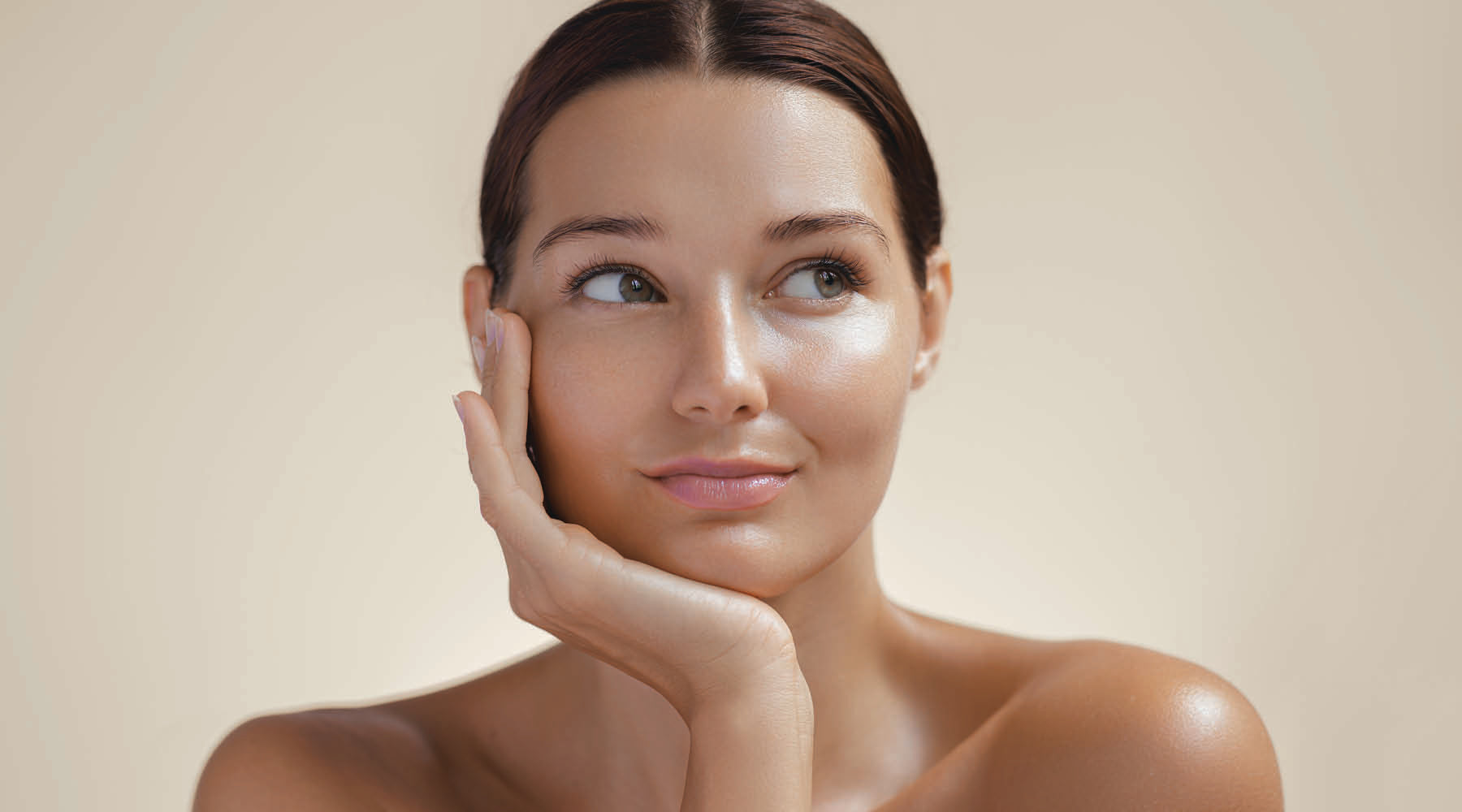
When it comes to managing acne, most people immediately reach for spot treatments, cleansers, or oil-control products. But one of the most overlooked and misunderstood parts of an effective acne st...
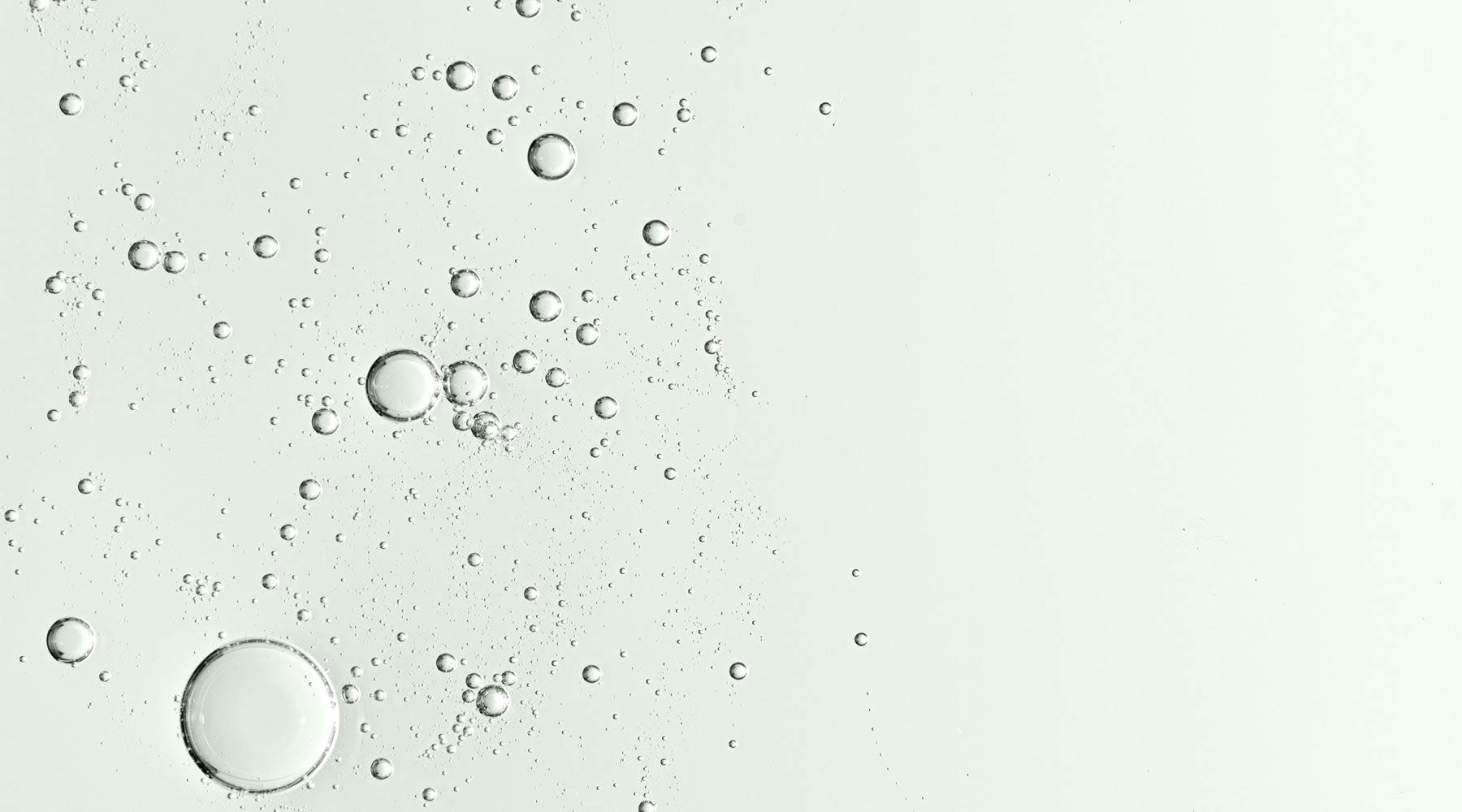
Ceramides are a cornerstone of modern dermatology and cosmetic science, lauded for their critical role in maintaining skin barrier integrity, hydration, and overall health. As a cosmetic chemist, I...

